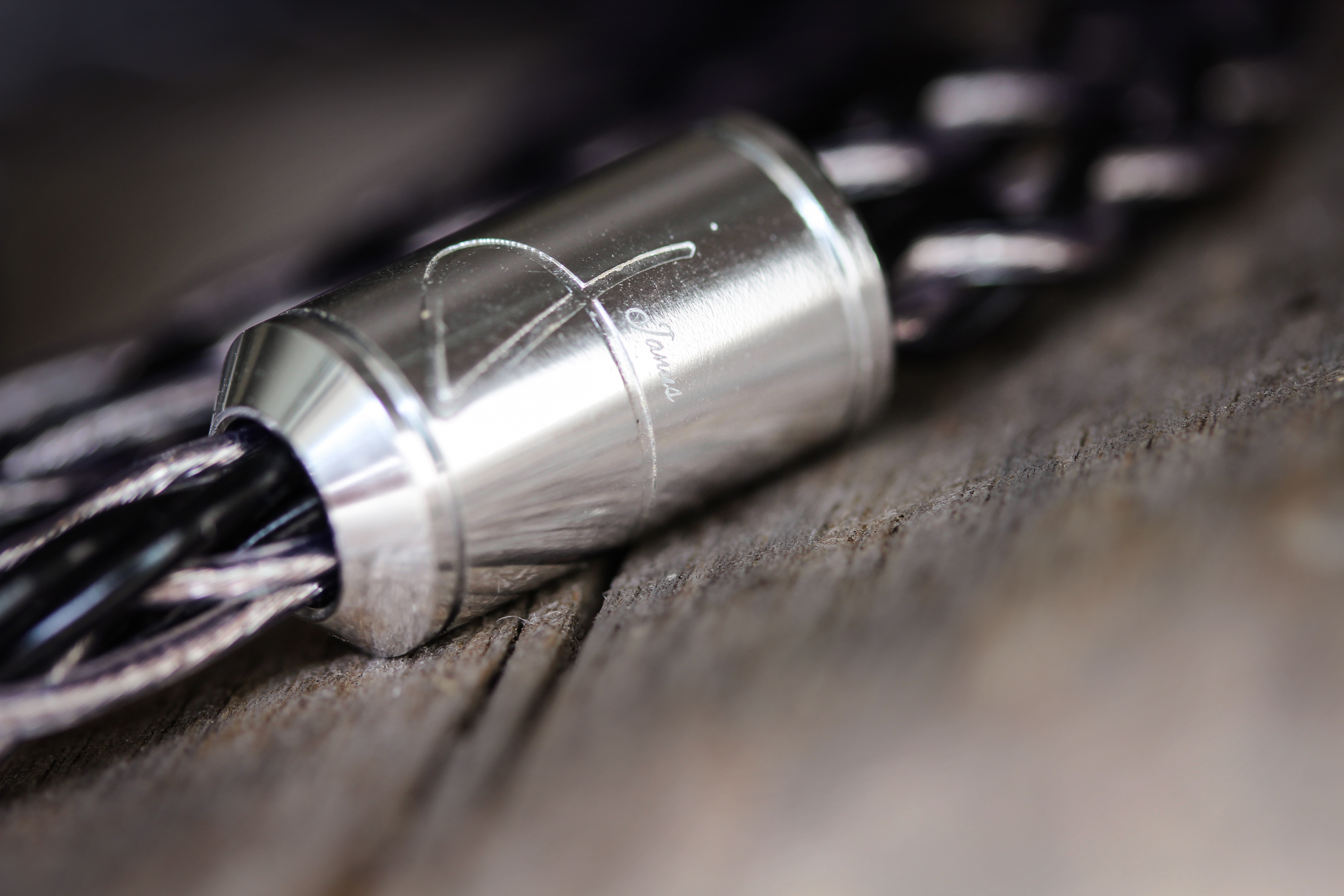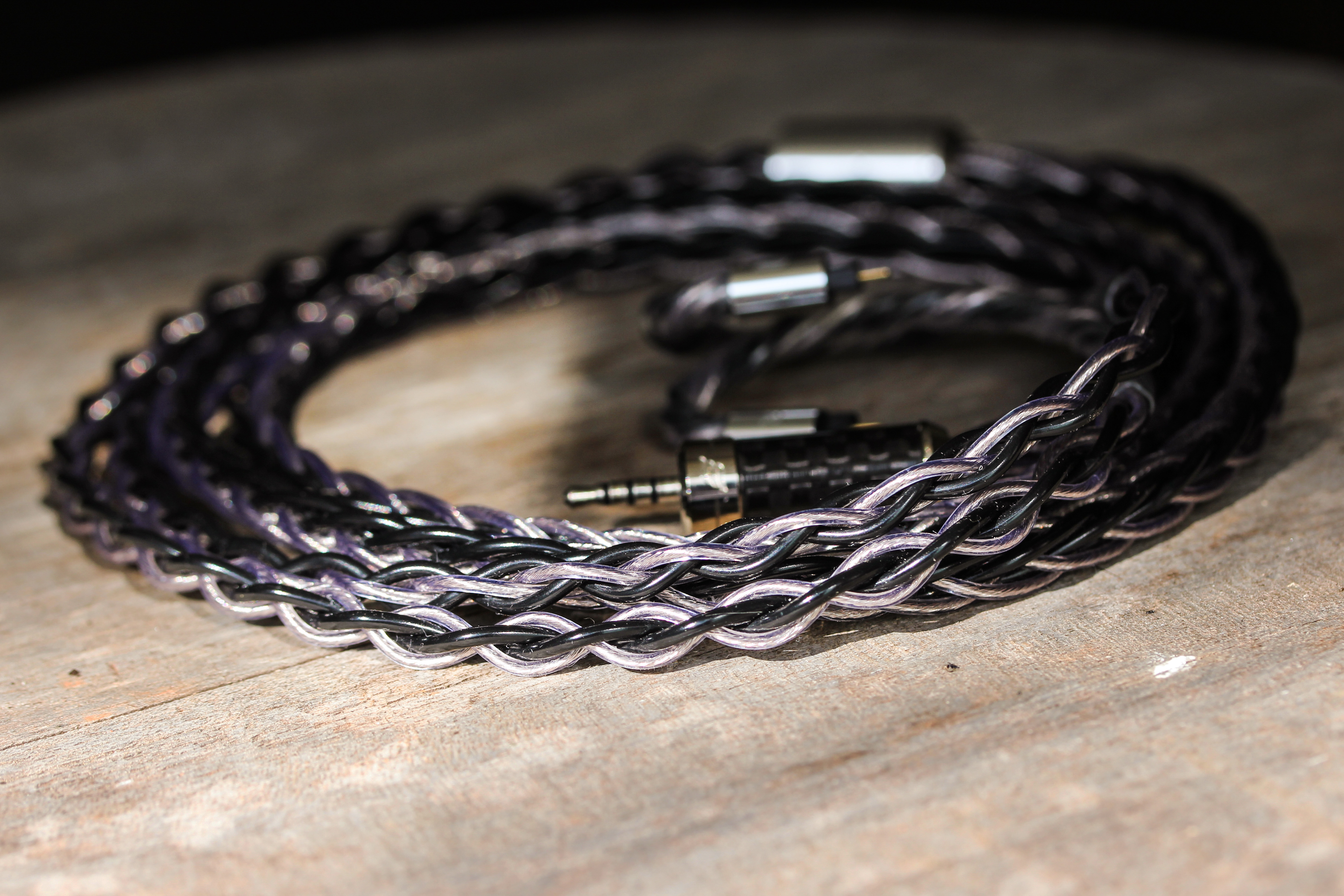I would like to thank Effect Audio for providing the Janus D in return for my honest opinion.
Effect Audio’s slow but steady rise to global domination in the cable market is slowly taking form, as mirrored by their exceeding popularity. Their entry-level cable Ares II is sold in high quantities, with other models as Thor II, Eros II and Leonidas receiving similar attention. But as standing still is going backwards, they continuously seek to expand their stable, often experimenting with unconventional designs. Horus for instance sported an extraordinarily high strand count, as well as applying multi-sizing of the strand geometry in order to balance the treble with the quantity of the bass. For their new cable ‘Janus’, they equally strayed from the common path; this time, by applying exotic palladium plating on copper wires.
However, the path from conception to production was not as straightforward as one might assume. The palladium plating initially resulted in an overly quick treble response, which seemed to be out of phase with the bass and midrange. By means of experimentation, Effect Audio finally arrived at a blend of 50% combined silver- and gold-plated copper wires, mixed with 50% palladium-plated copper wires. On the brink of success, they remained undecided between two prototype versions, which they opened for the public to test. But apparently that didn’t help further their cause, as they ended up taking both in production: Janus D(ynamic), which is tested here, and Janus B(asso), which is ever so slightly more V-shaped. Their general tone and characteristics is similar, but Janus B’s lower treble is a bit more forward, as is its bass.
Design
Janus is an impressive cable to behold, to say the least. As Effect Audio considered the sound most suitable in an eight-wire configuration, it sports four black wires interwoven with four silver-grey ones, forming an alternating pattern of straight silver and black lines. The end result has a stealthy look, or even bares some reptilian resemblance depending on where your imagination leads you. Either way, it looks pretty cool. As with Horus, Effect Audio created a unique splitter for the cable, in this case an even silver with ‘Janus’ inscripted alongside a B or D. The top-end connectors are familiar, as is the carbon fibre jack. But in this case, they exclusively offer it with a 2.5 mm termination, but included a 2.5 to 3.5 or 4.4 adapter within the price.
Due to the 8-wire design and solid components however, Janus is a bit heavy for portable use. As it is a supple cable there is no real restraint on portability, but the weight of the wires is noticeable while wearing. I’ve been using heavy cables for a while, so I’m not one to easily complain. But for people factoring in ergonomics into their purchase it might be a point of consideration. As a result, Janus is a cable for the more dedicated cable enthusiast, although its price might have already suggested as much.

Sound impressions
If Janus falls in the coarse category of copper cables, it does so with a twist; combining silver-, gold-, and of course palladium-plating results in a mixture that doesn’t quite identify with other copper cables. Generally speaking, gold-plated and pure copper cables provide a warm tone following from an enhanced bass, while silver-plated coppers tend to produce a brighter sound geared towards detail. Janus diverges from both by providing a clean and well-defined sound, albeit with the slightest touch of warmth. Yet in contrast to SPC cables, the cleanliness of the sound is not paired with an artificial clarity.
Many of Janus’ general characteristics can be derived from its bass. Janus provides a slight improvement in sub-bass extension, while keeping the mid-bass quantity relatively unaffected. There is a linear balance between sub- and mid-bass, with neither being particularly enhanced, or decreased for that matter. One might say it provides a neutral bass quantity, which in turn is slightly attenuated relative to a more traditional copper like Ares II. Accordingly, the bass does not feel lean, but will provide a more controlled response which improves the airiness of the stage.
Fuelled by its eight-wire design, Janus constructs a wide and deep stage in even proportions, albeit a bit flat in height, creating a three-dimensional, somewhat stretched out space. The sense of three-dimensionality is further enhanced by the airiness of the stage. Furthermore, Janus does not add a thickness to the note, pursuant to the neutral mid-bass quantity. Considering the spaciousness of the stage and neutral note size, notes have ample room to breathe, resulting in high quality separation. Accordingly, there is a sense of refinement throughout the presentation, resulting from its clean separation and high resolution.

The midrange notes are lightly warm in tone. However, it’s more of an inherent warmth in the midrange, rather than a dominant warmth throughout the signature. This is where Janus diverges from a more traditional copper, which will provide an overall warmer tonality by increasing the mid-bass. Janus’ midrange might fall in the category of tonally warm, it is a cleaner, drier warmth, rather than the traditional ‘lusher’ warm people associate with a prototypical copper cable. Similarly, Janus does not increase the forwardness or thickness of the midrange notes. As a result, the midrange presentation is close to neutral in terms of size and tone, which in turn benefits its separation.
Janus’ signature is completed by a treble in line with its bass and midrange; it is neither bright nor emphatically smooth. Rather, it is clear in tone, articulate, and quick in pace. It provides a detailed reproduction of its treble notes based on resolution, rather than drawing from brightness of the overall signature. Equally, this won’t be a particularly sparkly cable either. The lower treble notes are presented with both clarity and definition, but the general treble region is not particularly enhanced. In other words, Janus won’t necessarily smooth out bright treble, but it doesn’t negatively impact on the naturalness of warmer ones either, making it fairly all-round in its use.



